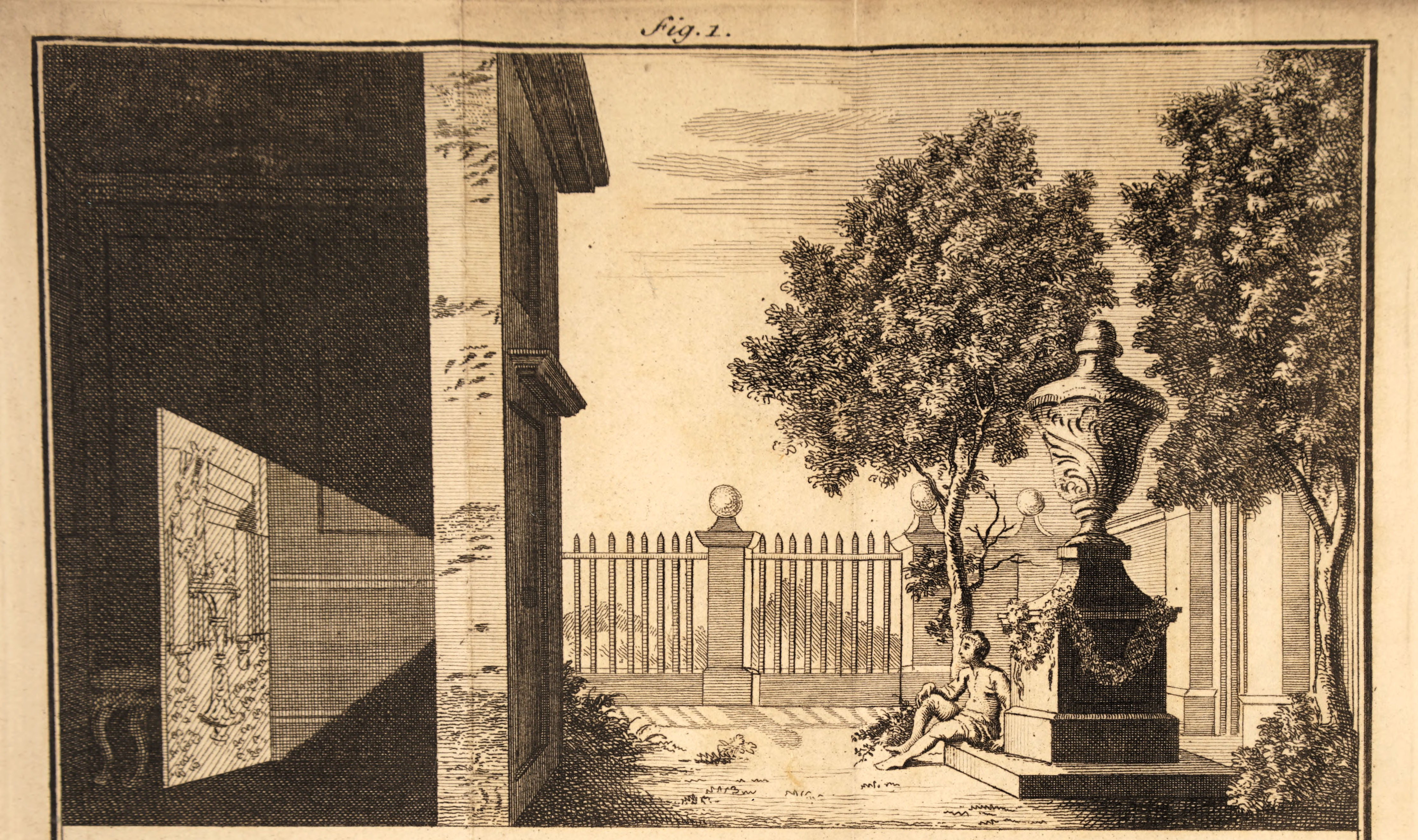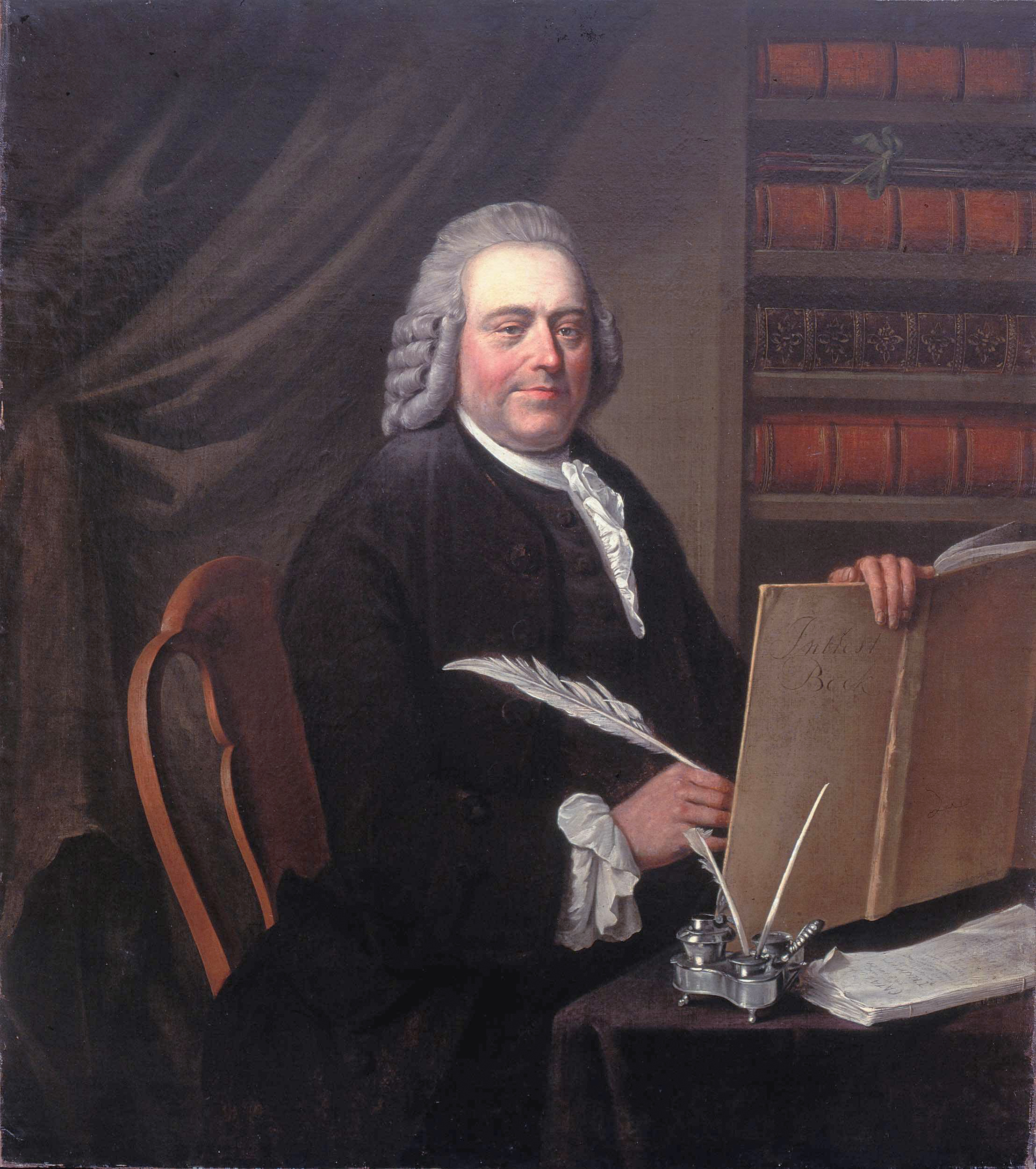|
Teylers Astronomical Observatory
The Teylers astronomical observatory (Dutch: Teylers Sterrenwacht) is an astronomical observatory built in 1784 on the roof of the Oval Room of the Teylers Museum in Haarlem.Teylers Museum about the observatory. (Dutch) History The observatory was built on the suggestion of , one of the five initial directors of the , which was the foundation responsible for taking care of the inheritance of |
Courtyard Of Teylers Foundation House With The Observatory
A courtyard or court is a circumscribed area, often surrounded by a building or complex, that is open to the sky. Courtyards are common elements in both Western and Eastern building patterns and have been used by both ancient and contemporary architects as a typical and traditional building feature. Such spaces in inns and public buildings were often the primary meeting places for some purposes, leading to the other meanings of court. Both of the words ''court'' and ''yard'' derive from the same root, meaning an enclosed space. See yard and garden for the relation of this set of words. In universities courtyards are often known as quadrangles. Historic use Courtyards—private open spaces surrounded by walls or buildings—have been in use in residential architecture for almost as long as people have lived in constructed dwellings. The courtyard house makes its first appearance ca. 6400–6000 BC (calibrated), in the Neolithic Yarmukian site at Sha'ar HaGolan, in ... [...More Info...] [...Related Items...] OR: [Wikipedia] [Google] [Baidu] |
Jan Van Borssum Buisman
Jan Hendrik van Borssum Buisman (1919, Haarlem – 23 February 2012, Haarlem), was a 20th-century painter from the Netherlands. Biography According to the RKD he was the son of Hendrik van Borssum Buisman.Jan Hendrik van Borssum Buisman in the He was born in the Fundatiehuis while his father was curator at the . He was a secret agent working on the "Zwitserse weg" during |
Large Electrostatic Generator (Teylers)
The large electrostatic generator (Dutch: ''Van Marum electriseermachine'') is a large handcrafted electromechanical instrument designed by Martin van Marum and built by John Cuthbertson (instrument maker), John Cuthbertson in 1784 for the Teylers Museum in Haarlem, where it forms the centerpiece of the Teylers Instrument Room, instrument room. The concept of an electrostatic generator was new, and the battery (array) of leiden jars was the largest ever built (only one of the 4 sets of leiden jars is on display to conserve space). The two glass disks of the triboelectric effect, triboelectric generator (friction generator) are 1.65 meters in diameter, and the machine is capable of generating a potential of 330,000 volts. History The device is a larger version of a similar model built in Groningen by Gerhard Kuyper in 1774 for physics student Martin van Marum, who used it to make a name for himself in the study of electricity with his lectures and demonstrations. It was Van Marum ... [...More Info...] [...Related Items...] OR: [Wikipedia] [Google] [Baidu] |
Jan Woortman
Jan, JaN or JAN may refer to: Acronyms * Jackson, Mississippi (Amtrak station), US, Amtrak station code JAN * Jackson-Evers International Airport, Mississippi, US, IATA code * Jabhat al-Nusra (JaN), a Syrian militant group * Japanese Article Number, a barcode standard compatible with EAN * Japanese Accepted Name, a Japanese nonproprietary drug name * Job Accommodation Network, US, for people with disabilities * '' Joint Army-Navy'', US standards for electronic color codes, etc. * ''Journal of Advanced Nursing'' Personal name * Jan (name), male variant of ''John'', female shortened form of ''Janet'' and ''Janice'' * Jan (Persian name), Persian word meaning 'life', 'soul', 'dear'; also used as a name * Ran (surname), romanized from Mandarin as Jan in Wade–Giles * Ján, Slovak name Other uses * January, as an abbreviation for the first month of the year in the Gregorian calendar * Jan (cards), a term in some card games when a player loses without taking any tricks or scoring a mi ... [...More Info...] [...Related Items...] OR: [Wikipedia] [Google] [Baidu] |
Vincent Jansz Van Der Vinne
Vincent Jansz. van der Vinne (1736, Haarlem – 1811, Haarlem), was a Dutch 18th century painter and the great-grandson of Vincent van der Vinne. Biography According to the RKD he was a pupil of his father Jan Laurentsz van der Vinne, who made botanical paintings of flowers for bulb growers in Haarlem.Vincent Jansz. van der Vinne in the He became a member of the in 1754. He is known for Italianate landscapes and flower still lifes, and also created tapestries. He was the first curator of art for the young |
Camera Obscura
A camera obscura (; ) is a darkened room with a small hole or lens at one side through which an image is projected onto a wall or table opposite the hole. ''Camera obscura'' can also refer to analogous constructions such as a box or tent in which an exterior image is projected inside. Camera obscuras with a lens in the opening have been used since the second half of the 16th century and became popular as aids for drawing and painting. The concept was developed further into the photographic camera in the first half of the 19th century, when camera obscura boxes were used to expose light-sensitive materials to the projected image. The camera obscura was used to study eclipses without the risk of damaging the eyes by looking directly into the sun. As a drawing aid, it allowed tracing the projected image to produce a highly accurate representation, and was especially appreciated as an easy way to achieve proper graphical perspective. Before the term ''camera obscura'' was fir ... [...More Info...] [...Related Items...] OR: [Wikipedia] [Google] [Baidu] |
Telescope
A telescope is a device used to observe distant objects by their emission, absorption, or reflection of electromagnetic radiation. Originally meaning only an optical instrument using lenses, curved mirrors, or a combination of both to observe distant objects, the word ''telescope'' now refers to a wide range of instruments capable of detecting different regions of the electromagnetic spectrum, and in some cases other types of detectors. The first known practical telescopes were refracting telescopes with glass lenses and were invented in the Netherlands at the beginning of the 17th century. They were used for both terrestrial applications and astronomy. The reflecting telescope, which uses mirrors to collect and focus light, was invented within a few decades of the first refracting telescope. In the 20th century, many new types of telescopes were invented, including radio telescopes in the 1930s and infrared telescopes in the 1960s. Etymology The word ''telescope'' ... [...More Info...] [...Related Items...] OR: [Wikipedia] [Google] [Baidu] |
Teylers Oval Room
The Oval Room in the Teylers Museum was the first part of the museum (though it was not called a museum yet) that was opened in 1784. It could be entered through the garden of the fundatiehuis, the former home of Pieter Teyler van der Hulst. The building has an oval shape built around its centerpiece, a mineralogical cabinet. The Oval Room consists of two floors; the ground floor with its display cabinets and a gallery of books that connects to the Teylers Library. On top of the room, on the roof, the astronomical observatory used to be a landmark that could be seen for miles along the river Spaarne. The gallery and observatory are longer accessible to the public, though the gallery can be seen from the ground floor. History In 1779, the board of the Teylers Foundation (''Teylers Stichting'') commissioned Leendert Viervant, the Amsterdam-based architect of amongst others the church of Ouderkerk aan den Amstel [...More Info...] [...Related Items...] OR: [Wikipedia] [Google] [Baidu] |
Pieter Teyler Van Der Hulst
Pieter Teyler van der Hulst (25 March 1702 – 8 April 1778) was a wealthy Dutch Mennonite merchant and banker, who died childless, leaving a legacy of two million florins (in today's terms: about EUR 80 million) to the pursuit of religion, arts and science in his hometown, that led to the formation of Teyler's Museum. This was not the value of his entire estate. He also founded Teylers Hofje in his name, and made important donations to individuals in the Mennonite community. Biography Pieter Teyler van der Hulst was born on 25 March 1702 in Haarlem in the Dutch Republic. Teyler was an active follower of the Scottish Enlightenment, being descended from wealthy Scots merchants. His name is derived from the Scottish ''Tailor''. He married the lady Helena Wynands Verschaave in 1728. He was an active member of the "Waterlander" mennonite community and became a trustee of the city orphanage from 1750 onwards. [...More Info...] [...Related Items...] OR: [Wikipedia] [Google] [Baidu] |
Astronomical Observatory
An observatory is a location used for observing terrestrial, marine, or celestial events. Astronomy, climatology/meteorology, geophysical, oceanography and volcanology are examples of disciplines for which observatories have been constructed. Historically, observatories were as simple as containing an astronomical sextant (for measuring the distance between stars) or Stonehenge (which has some alignments on astronomical phenomena). Astronomical observatories Astronomical observatories are mainly divided into four categories: space-based, airborne, ground-based, and underground-based. Ground-based observatories Ground-based observatories, located on the surface of Earth, are used to make observations in the radio and visible light portions of the electromagnetic spectrum. Most optical telescopes are housed within a dome or similar structure, to protect the delicate instruments from the elements. Telescope domes have a slit or other opening in the roof that can be opened dur ... [...More Info...] [...Related Items...] OR: [Wikipedia] [Google] [Baidu] |
Teylers Stichting
The Teylers Stichting (English: Teylers Foundation) is a Dutch foundation founded with the heritage of the Dutch 18th century cloth merchant and banker Pieter Teyler van der Hulst to support the people in need and encourage worship, science and art (''ter ondersteuning van behoeftigen en ter aanmoediging van godsdienst, wetenschap'').description of Teylers Stichting on the website of Teylers Museum (Dutch) History When Teyler deceased in 1778, he was without children or direct family, and specified in his how his money was to be spent. He left money for several individuals, the church and the general benefit as described above. Claims have been made by ...[...More Info...] [...Related Items...] OR: [Wikipedia] [Google] [Baidu] |

.jpg)







